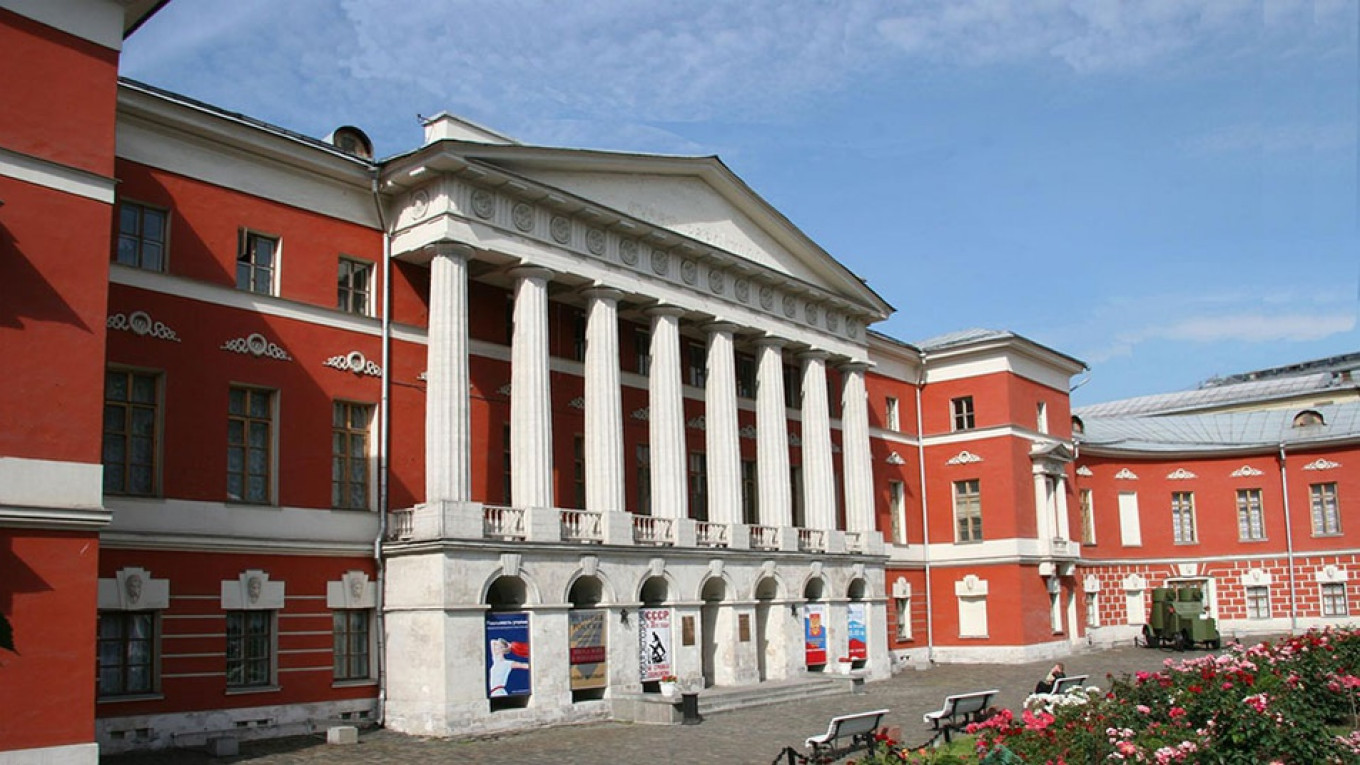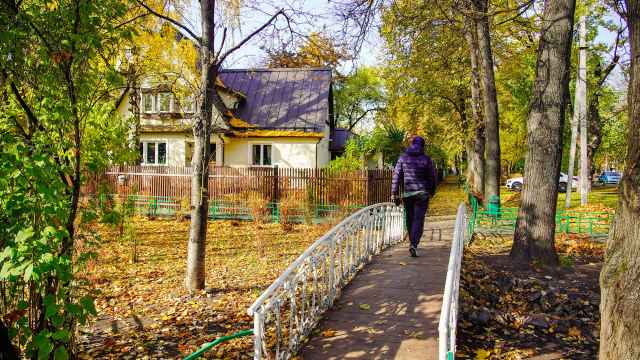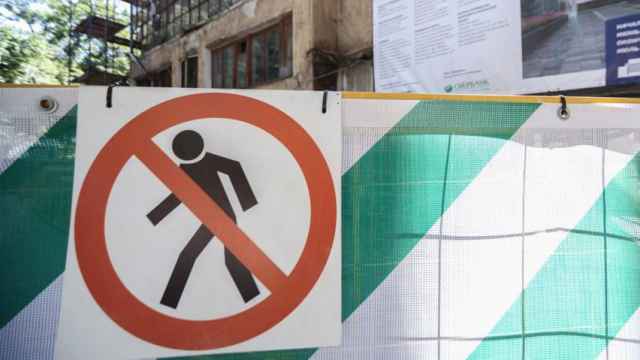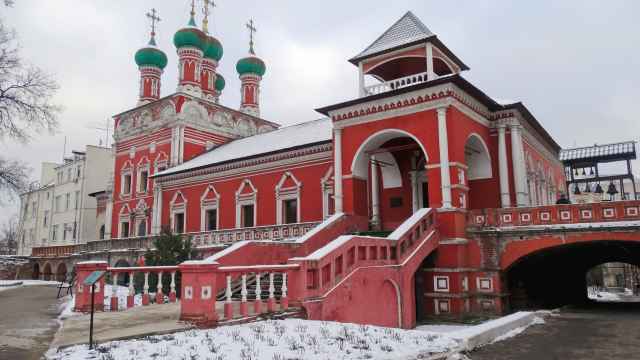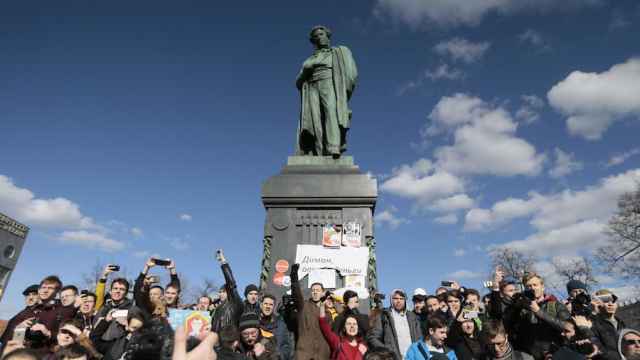The English national team beat the odds and made it to the semifinals of the World Cup. Their success comes at one of the tensest moments in Russian-British relations in living memory. Any England fan may feel a little out of place donning St. George’s cross and singing “God Save the Queen” amid the onion domes and Cyrillic lettering of the Russian capital.
But the fact is that England has been a significant part of Moscow’s history since the 16th century. The historical saga involves a spurned marriage proposal, the swankiest gentleman’s club in Moscow and the invention of art nouveau. Three architectural spots spanning four centuries represent the long history of England in Moscow and may leave England fans feeling more at home than they expected.
Old English Court, 1550s-1640s
Nestled under the Kremlin’s shadow on Varvarka Ulitsa, the Old English Court is one of the oldest surviving buildings in Moscow. The 16th-century Tudor mansion with its thatched roof seems out of place on a street otherwise crowded with onion-domed churches. Passersby may feel as if they have time-traveled into a hybrid of Elizabethan England and Tsarist Russia.
This isn’t far from the truth. In 1553, English navigator Richard Chancellor blundered while searching for a naval passage to China and India, and instead arrived smack dab in an entirely different country: Russia. When Tsar Ivan IV, known as Ivan the Terrible, learned of the Englishman’s arrival, he enthusiastically invited him to his court in Moscow for a formal reception.
Chancellor made his way across 1,000 kilometers of ice and snow to reach the tsar’s court. When he finally arrived, Ivan made sure the journey was worth it. Chancellor wrote that the tsar’s palace was literally dripping with precious stones and that the feasts on offer were ambrosial. Chancellor also found it odd that outside the tsar’s golden palace, the enormous city of Moscow (much larger than London) was constructed almost entirely out of rudimentary wooden houses.
The visit was a success, resulting in the establishment of trading routes between the countries. In 1555, the Muscovy Company was founded and the Old English Court was subsequently built as a trading post, home and embassy for English merchants. England traded wool, metal and Mediterranean goods in exchange for Russian hemp, tallow and rope.
Relations between England and Muscovy were sweltering, making Ivan IV so bold as to ask for Queen Elizabeth I’s hand in marriage. He hoped that the marriage would provide him political asylum in case surrounding countries encroached on Russian territory. The Virgin Queen coolly declined his proposal. She told him that he could come to England if he wanted, but would have to pay his own passage. Ivan never made it to England.
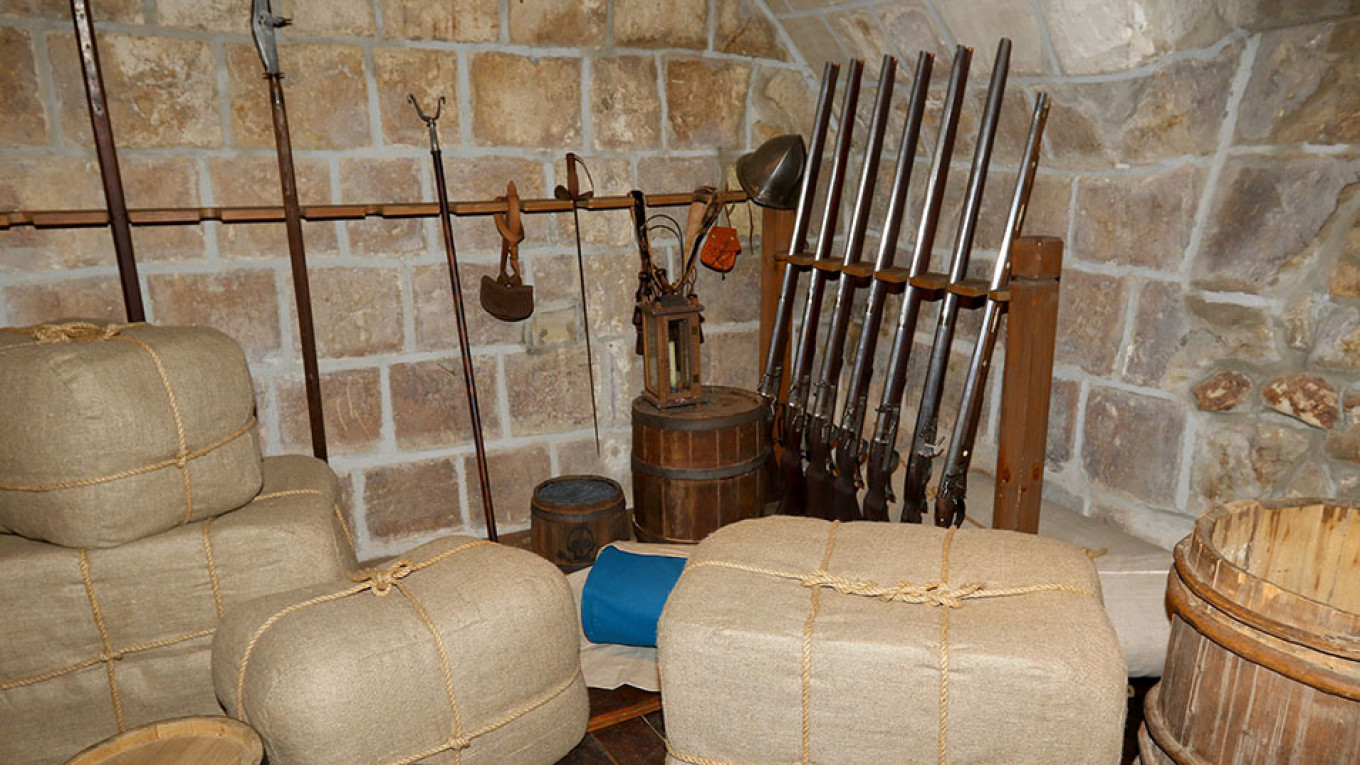
The Muscovy Company continued to flourish throughout the first half of the 17th century. However, when British Parliamentarians executed King Charles I in 1649, Russia cut off connections and threw all the merchants out. Regicide was a deal-breaker for the tsars.
Today the Old English Court is a museum, offering exhibitions and excursions about the first Englishmen in Moscow.
The English Club, 1770s-1910s
English and Scottish merchants trickled their way back into Russia in the 18th century, when Peter the Great founded his long-desired seaport in St. Petersburg. Eventually they made their way to Moscow. By 1771, the English merchant community was flourishing enough to found its own social club.
The English Club rented out various houses before permanently moving into a classical mansion (at 21 Tverskaya Ulitsa today) in 1831. Any aspiring Russian dandy coveted membership. Alexander Pushkin, Nikolai Gogol and Leo Tolstoy were among its members. As Russia’s elite craved European culture throughout the 19th century, the English Club provided succor.
The English Club didn’t factor into the new Bolshevik order after 1917. The mansion on Tverskaya was repurposed as a military hospital and then a museum. Today, the imposing brick structure houses the State Central Museum of Contemporary Russian History.
The Walcot houses, 1910s
Before the revolution halted English influence, architect William Walcot put his stamp on Moscow with some of the city’s earliest art nouveau architecture.
Walcot was actually born in Odessa and trained in St. Petersburg and Paris, then settling in Moscow to help develop art nouveau. He channeled his English roots when building a series of houses in the first decade of the 20th century. He designed the stunning pink art nouveau mansion at 8 Prechistensky Pereulok, and a geometric brick English-modernist home next door at number 10. These houses were fashionable “turnkey” mansions, meaning they were rented out by various wealthy occupants on a seasonal basis.
The city’s elite clamored for Walcot’s English designs. He also constructed a boarding house for English governesses at 9 Spiridonievsky Pereulok, responding to the demand for education and culture from the British Isles.
Walcot moved to England permanently in 1908, and later the Soviet government turned his houses on Prechistensky Pereulok into office buildings. Now 8 Prechistensky Pereulok serves as the embassy of Morocco.
A Message from The Moscow Times:
Dear readers,
We are facing unprecedented challenges. Russia's Prosecutor General's Office has designated The Moscow Times as an "undesirable" organization, criminalizing our work and putting our staff at risk of prosecution. This follows our earlier unjust labeling as a "foreign agent."
These actions are direct attempts to silence independent journalism in Russia. The authorities claim our work "discredits the decisions of the Russian leadership." We see things differently: we strive to provide accurate, unbiased reporting on Russia.
We, the journalists of The Moscow Times, refuse to be silenced. But to continue our work, we need your help.
Your support, no matter how small, makes a world of difference. If you can, please support us monthly starting from just $2. It's quick to set up, and every contribution makes a significant impact.
By supporting The Moscow Times, you're defending open, independent journalism in the face of repression. Thank you for standing with us.
Remind me later.


